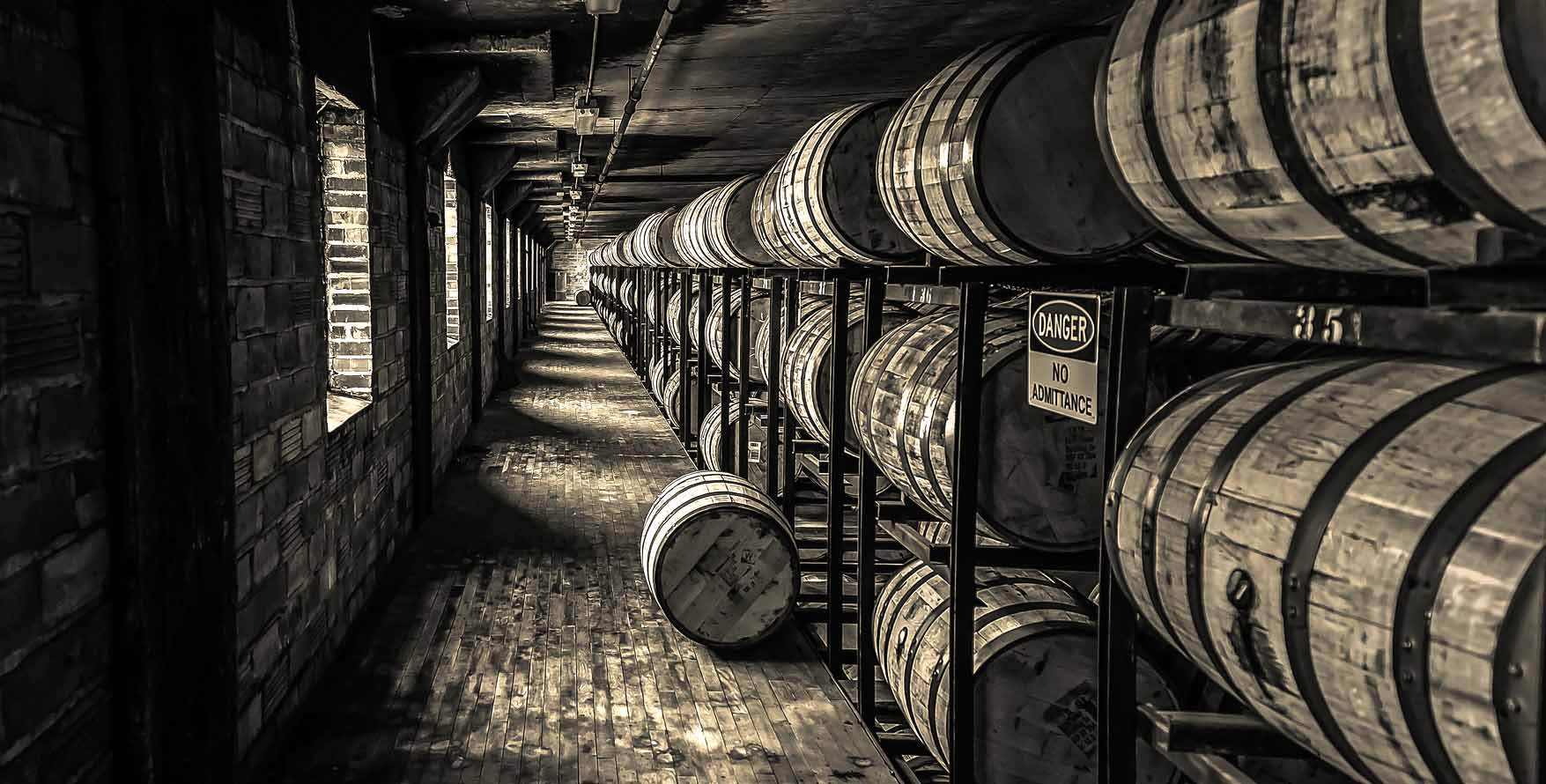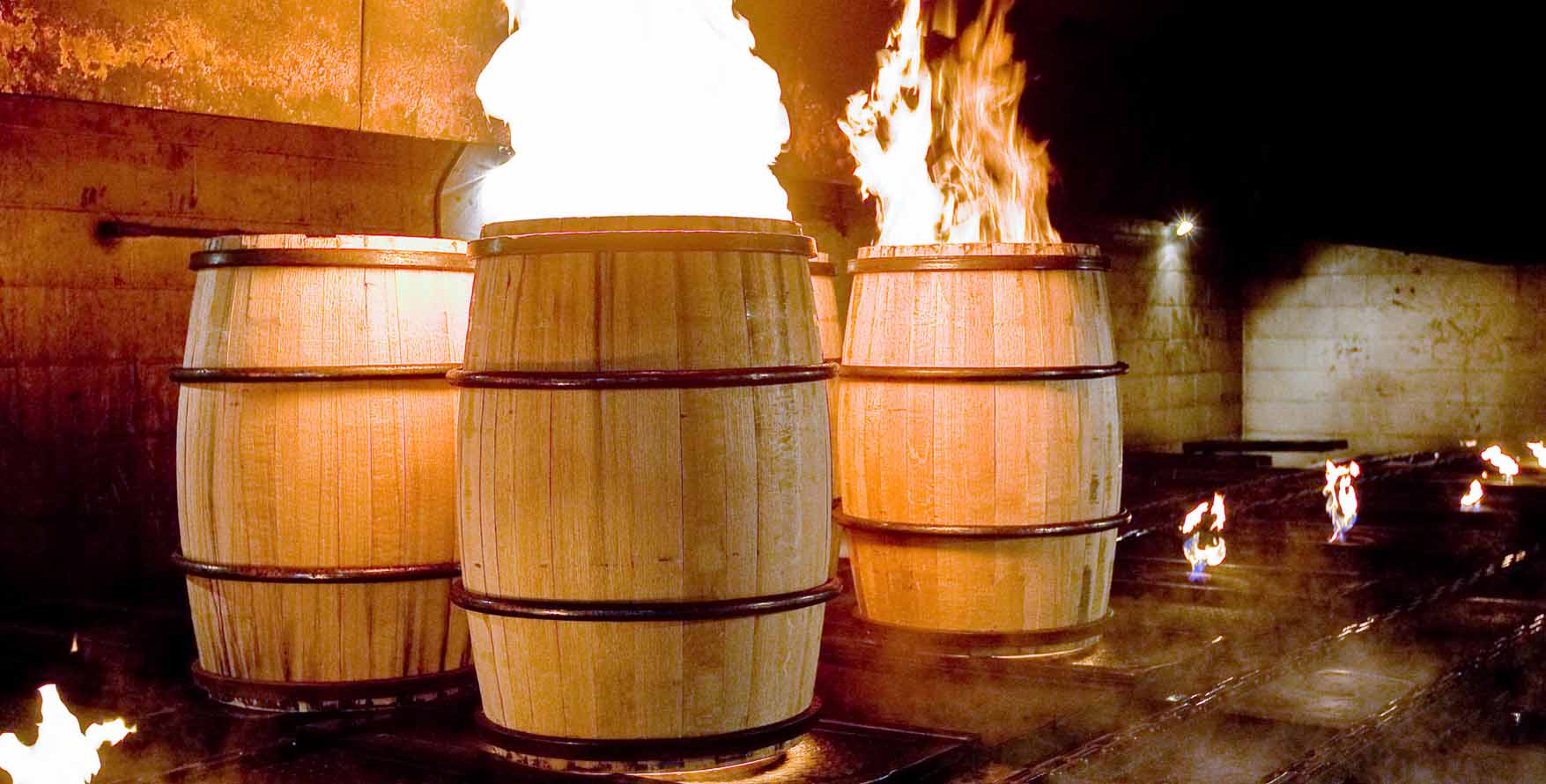
Introduction
Whiskey maturation is a crucial stage in the whiskey-making process, responsible for transforming the raw spirit into the rich, flavorful beverage that whiskey enthusiasts around the world know and love. In this detailed guide, we’ll delve into the intricacies of whiskey maturation, exploring popular techniques, the resulting flavor profiles, and the various barrel types used in the aging process. Uncover the fascinating world of whiskey maturation and enhance your appreciation for the craftsmanship and artistry behind every bottle.
Related Articles:
- Whiskey Distilling 101: Crafting the Perfect Spirit from Grain to Glass
- Discovering Scotch Whisky Regions: A Comprehensive Guide to the Unique Characteristics and Distilleries of Scotland’s Whisky Landscape
- Discovering Scotch Whisky Regions: A Comprehensive Guide to the Unique Characteristics and Distilleries of Scotland’s Whisky Landscape
- A Brief History of Whiskey
Whiskey Maturation Techniques
There are several techniques employed in the maturation process, each with its unique impact on the whiskey’s final flavor profile.
Traditional Aging
The most common maturation technique, traditional aging involves storing whiskey in barrels for a predetermined period, allowing the spirit to extract flavors from the wood and develop its character over time.
Solera System
The Solera System, more commonly associated with sherry and rum production, involves a series of barrels arranged in tiers. As the whiskey in the bottom tier (the solera) is removed for bottling, it’s replaced with whiskey from the tier above, and so on. This technique results in a consistent and complex blend of whiskies of various ages.
Double or Triple Maturation
Double or triple maturation, also known as finishing or secondary aging, involves transferring whiskey from one type of barrel to another for a certain period. This technique adds additional layers of flavor and complexity to the whiskey.
Take a Look: Shop Whiskey Stills On Amazon
Flavor Profiles
Whiskey maturation can impart a wide range of flavors, depending on factors such as barrel type, aging duration, and environmental conditions.
Wood Characteristics
Different wood types contribute distinct flavor profiles to the whiskey:
- American Oak: Typically imparts flavors of vanilla, caramel, and coconut, with a hint of spice.
- European Oak: Often contributes flavors of dried fruit, dark chocolate, and tannins, creating a richer, more robust character.
- Japanese Mizunara Oak: Known for adding unique flavors of sandalwood, incense, and oriental spices.
Barrel Charring

Charring or toasting the barrel can influence the whiskey’s flavor in various ways:
- Light Char: Enhances the wood’s natural sweetness and imparts subtle, delicate flavors.
- Medium Char: Balances the sweetness and spiciness of the wood, creating a well-rounded flavor profile.
- Heavy Char: Emphasizes bold, smoky flavors and adds depth and complexity to the whiskey.
Time
The duration of maturation significantly impacts the whiskey’s flavor:
- Young Whiskey: A shorter maturation period can result in a spirit that retains its grain-forward flavors and exhibits a more youthful, vibrant character.
- Mature Whiskey: A longer maturation period allows the whiskey to develop rich, complex flavors, mellowing the spirit and integrating the wood’s characteristics.
Barrel Types
Various barrel types are used in the whiskey maturation process, each lending unique flavors to the spirit.
New Oak Barrels
New oak barrels, commonly used for Bourbon and Rye whiskey, contribute strong wood flavors and tannins, often resulting in a bold, robust character.
Used Oak Barrels
Used oak barrels, such as ex-Bourbon, ex-Sherry, or ex-Port casks, are popular choices for Scotch and Irish whiskey maturation. These barrels imbue the whiskey with flavors from their previous contents, adding layers of complexity and depth.
- Ex-Bourbon Casks: Impart flavors of vanilla, caramel, and a hint of spice, creating a smooth and approachable whiskey.
- Ex-Sherry Casks: Contribute rich, fruity flavors with notes of dried fruit, nuts, and spices, resulting in a more full-bodied whiskey.
- Ex-Port Casks: Add flavors of dark fruit, chocolate, and a touch of sweetness, creating a well-rounded and complex whiskey.
Wine Casks
Some distilleries experiment with wine casks for whiskey maturation or finishing, introducing unique flavors and nuances to the spirit.
- Ex-Red Wine Casks: Impart flavors of red fruit, berries, and a gentle tannic structure, adding depth and richness to the whiskey.
- Ex-White Wine Casks: Contribute lighter, more delicate flavors, including floral and citrus notes, creating a subtle and elegant whiskey.
Specialty Casks
Distilleries may also utilize specialty casks, such as rum, cognac, or madeira barrels, for maturation or finishing. These casks introduce distinctive flavors and characteristics, pushing the boundaries of traditional whiskey profiles.
Conclusion
Whiskey maturation is an intricate and fascinating process, with various techniques, flavors, and barrel types playing a vital role in shaping the final product. By understanding the complexities of maturation, you can enhance your appreciation for the craftsmanship and artistry that goes into every bottle of whiskey. So, raise a glass to the captivating world of whiskey maturation, and savor the rich, nuanced flavors that make each whiskey truly unique. Sláinte!
Next Step: Mastering the Art of Whiskey Blending



